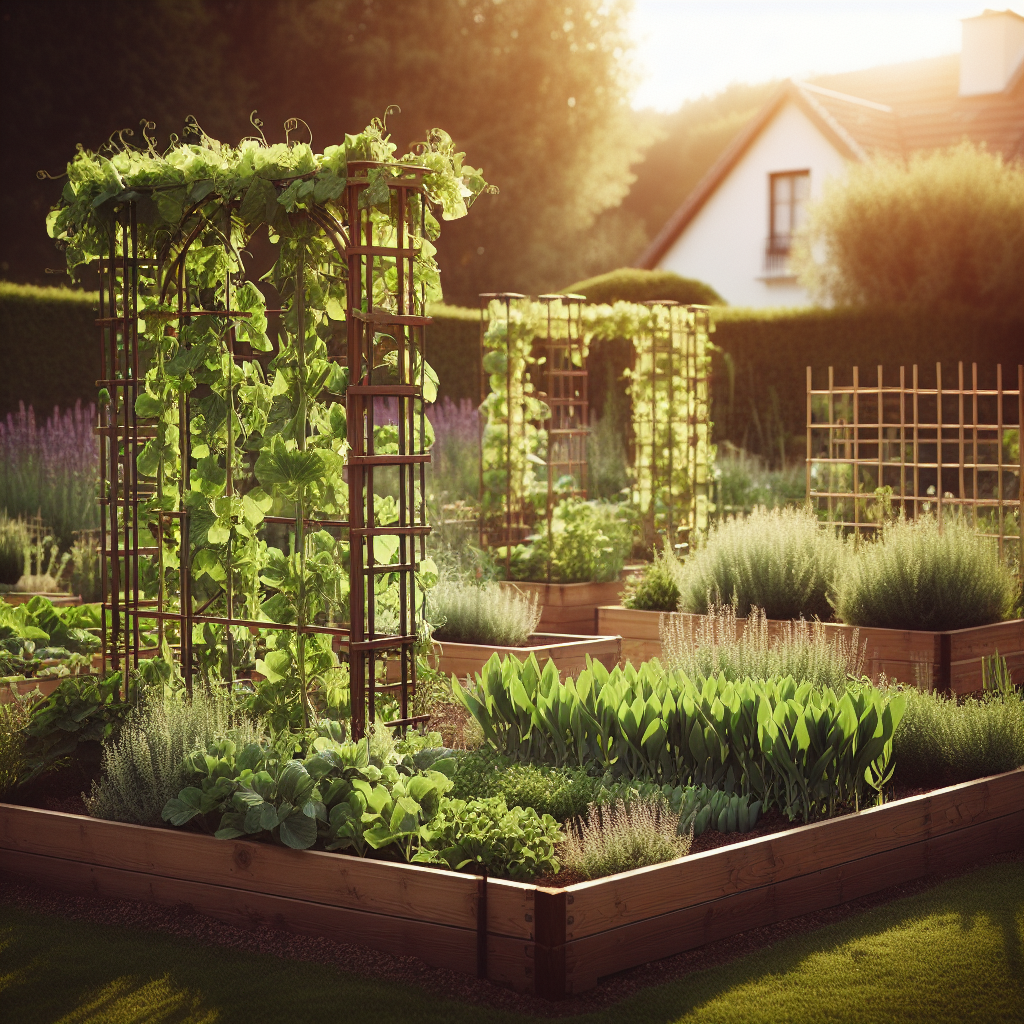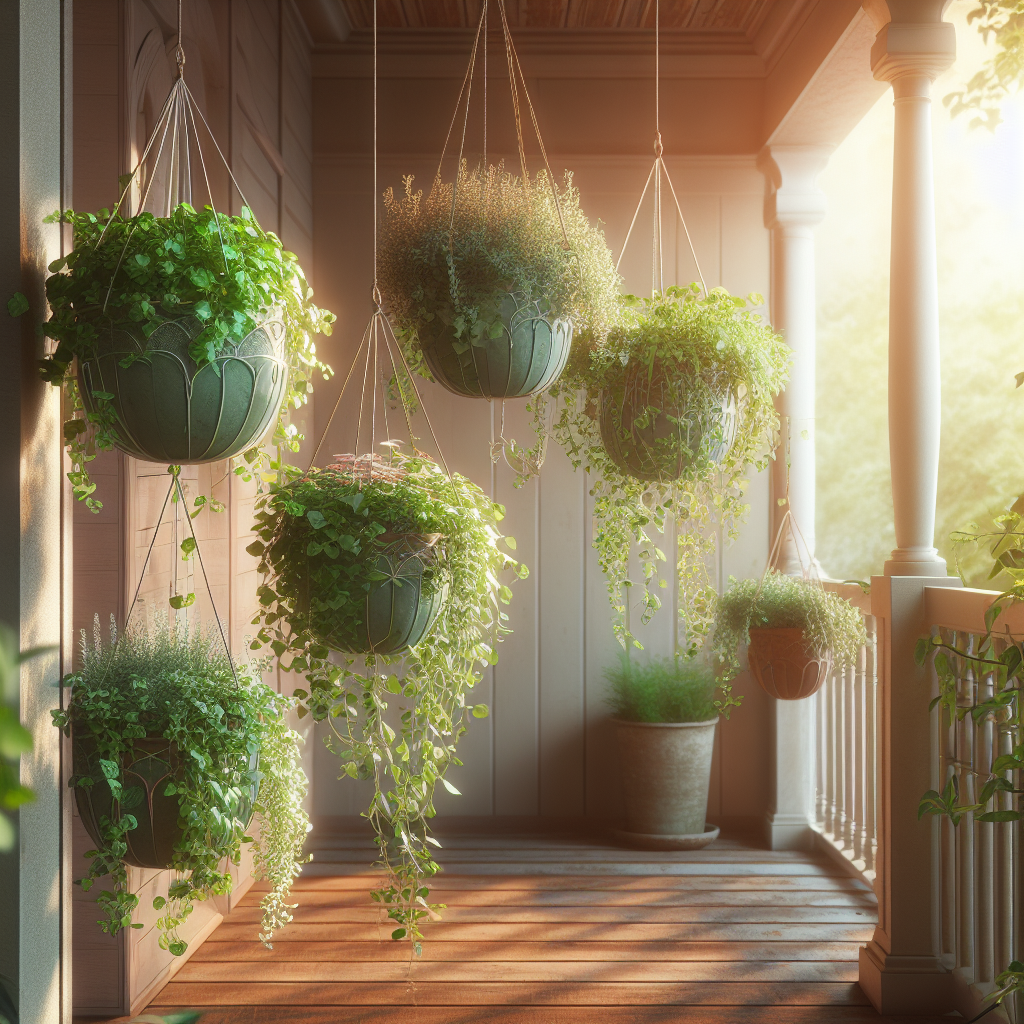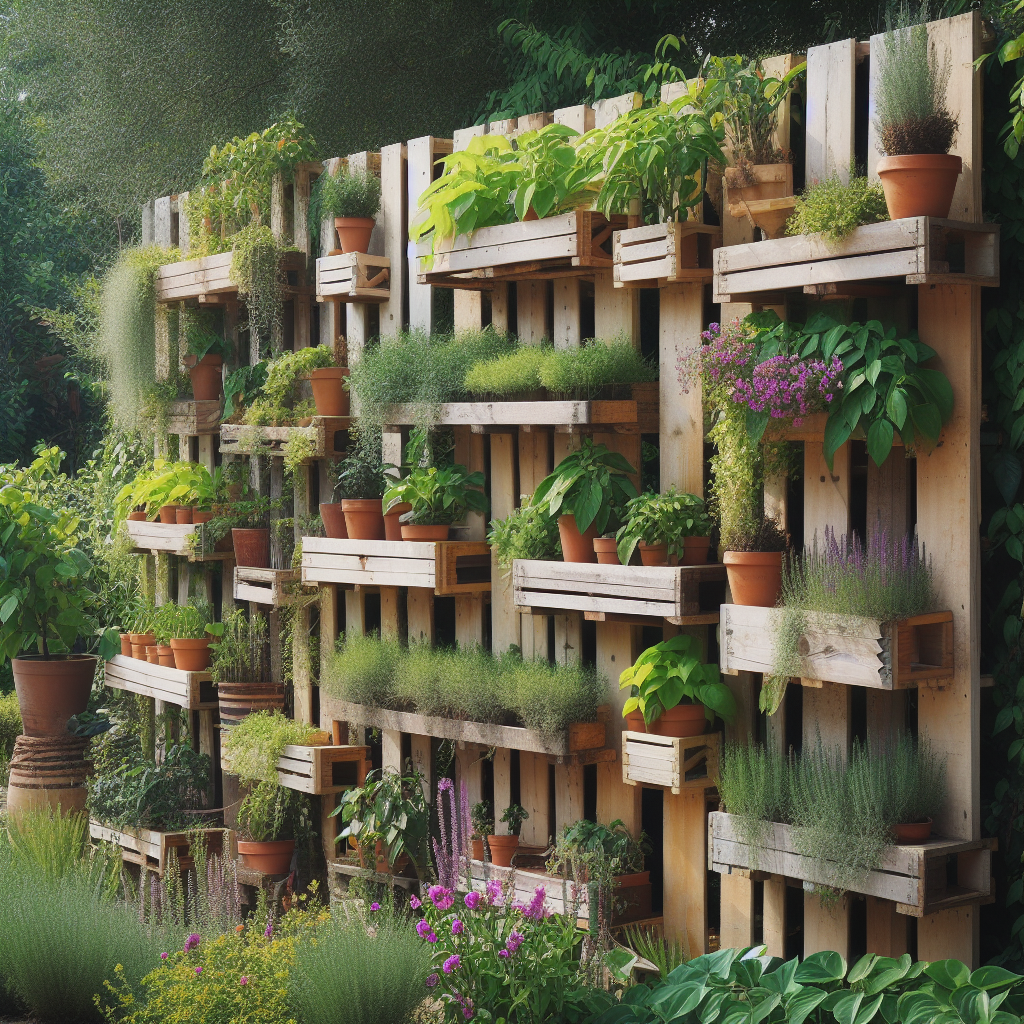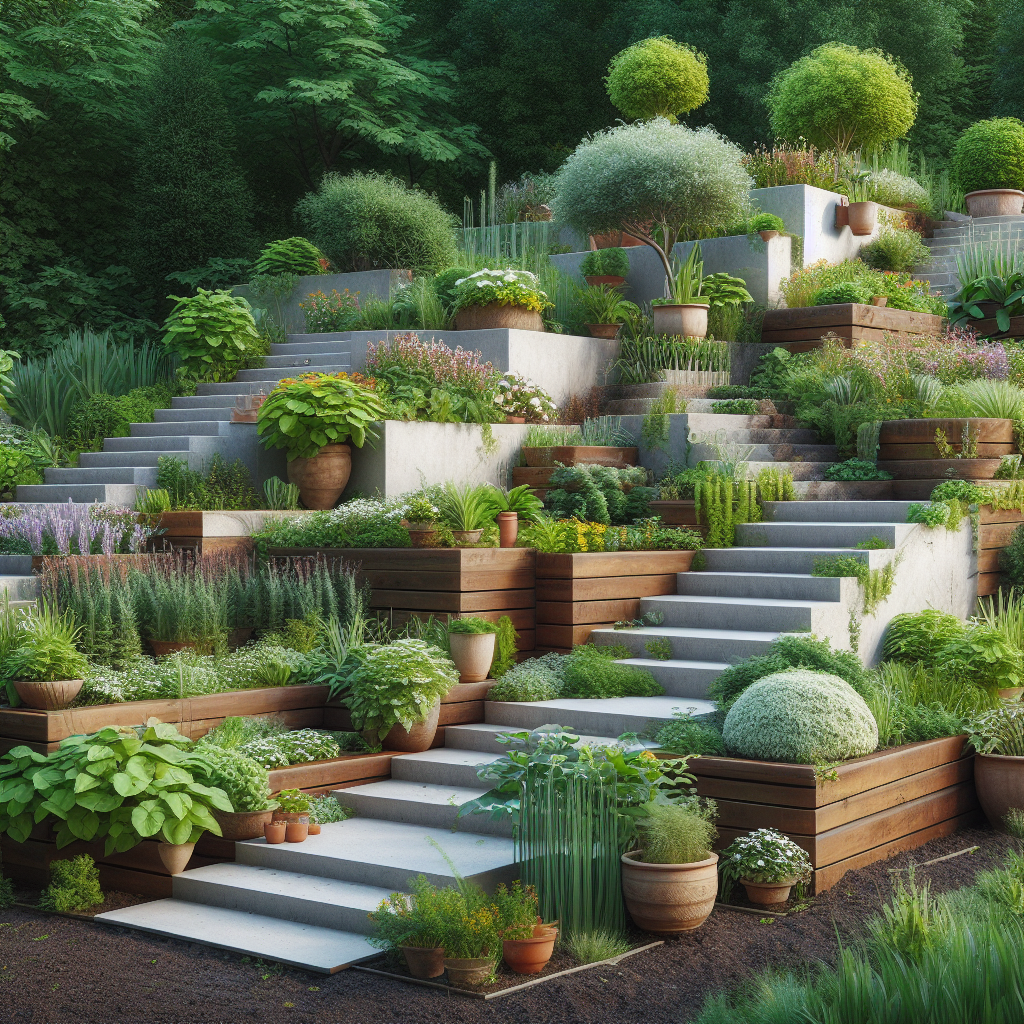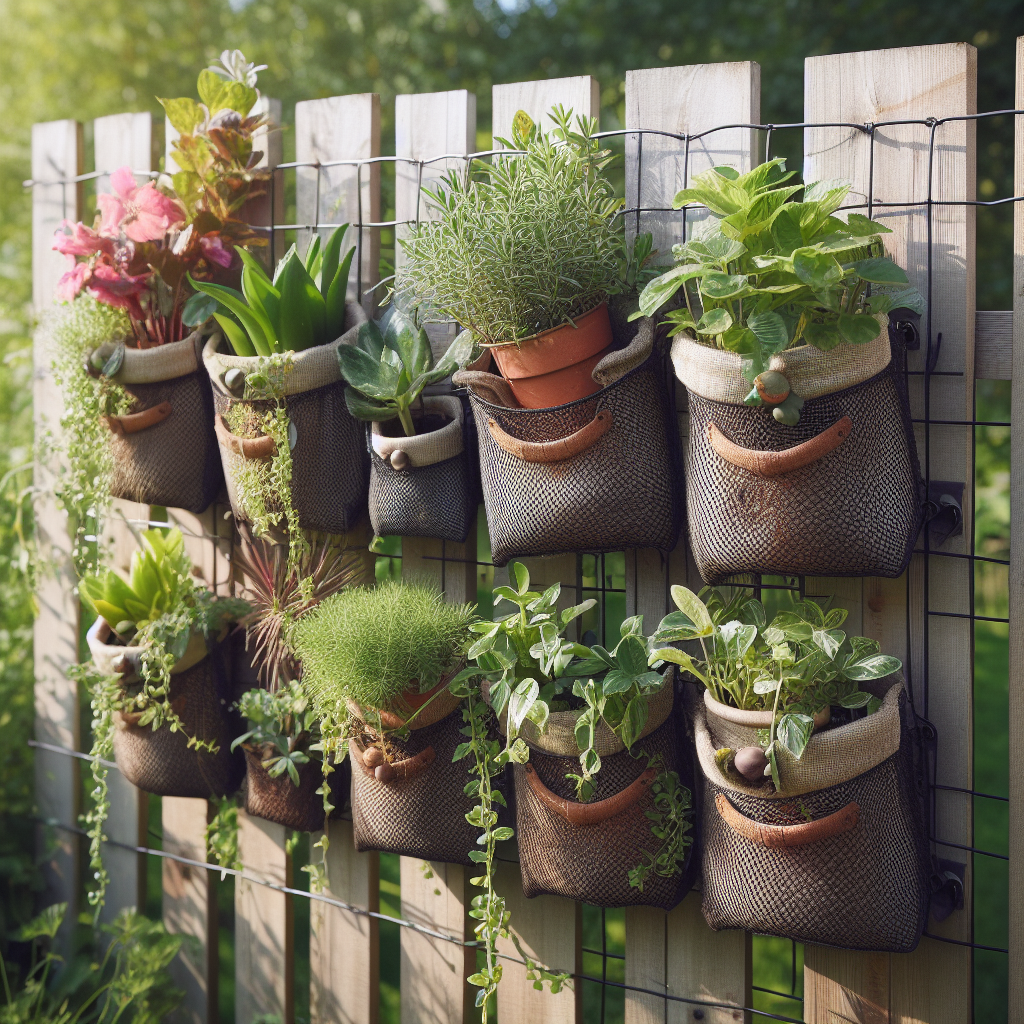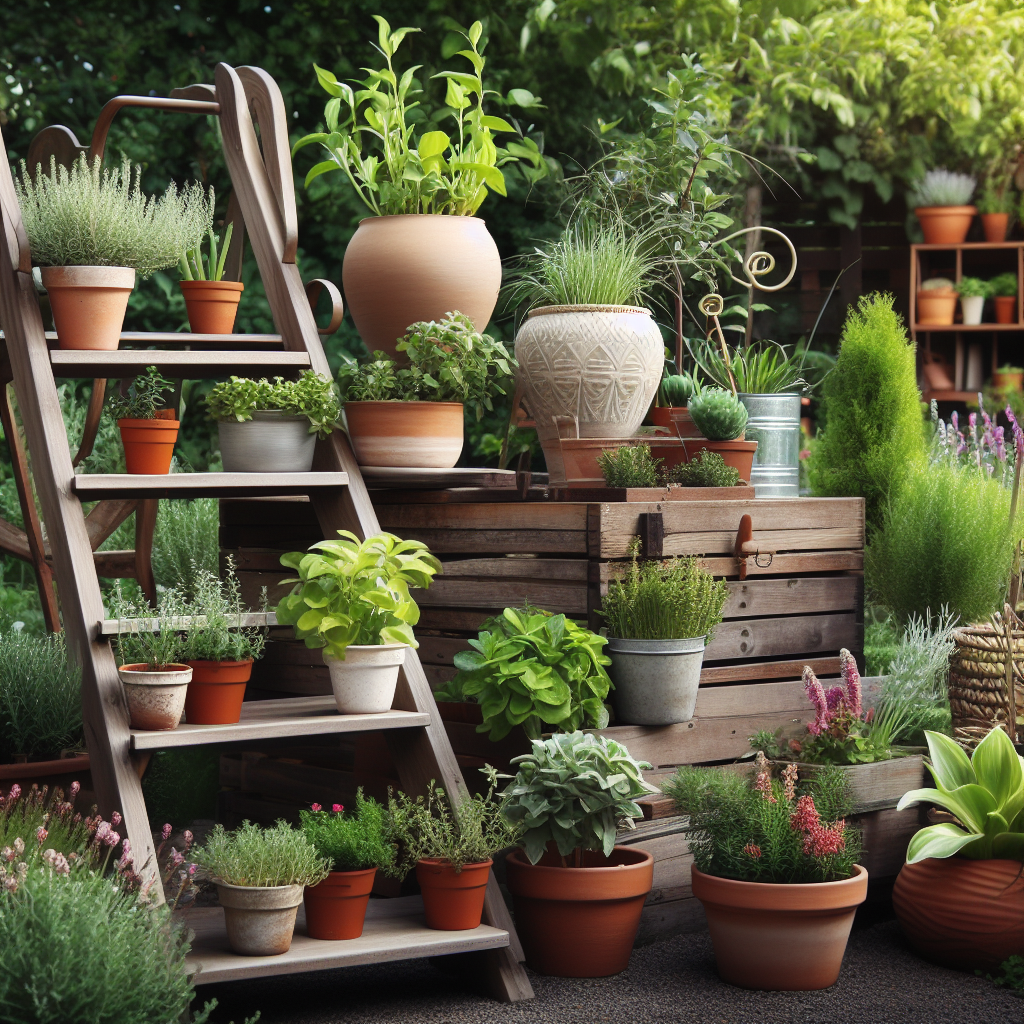Maximizing Garden Space: The Art of Vertical Gardening
Do you often dream of expanding your garden but find yourself confined by limited space? The solution might be simpler than you think. Welcome to the world of vertical gardening, where your garden can ascend to new heights, offering a multitude of benefits.
Embracing Verticality: Unlocking Space Beyond the Ground
All of us gardeners always seem to need more space. Enter vertical gardening—an ingenious way to maximize every inch. Picture a vibrant garden that transcends traditional boundaries, utilizing walls, fences, and supports to create a thriving green haven.
Diverse Plant Selection: Elevating Your Garden's Palette
If you want to grow your own food but are tight on space, vertical gardening could be the answer for you. There are many space-efficient vegetables and fruits that flourish when given the chance to climb and spread vertically.
Vertical gardening isn't just about saving space; it's an opportunity to diversify your plant selection. From unique flowers to aromatic culinary herbs, explore a plethora of plants that love to grow upward or cascade downward. The key is choosing the right varieties.
Edibles that work well for vertical gardening:
Cucumbers: Train their vines to climb vertical supports for a bountiful harvest.
Pole Beans: Pole beans not only save space but offer a continuous harvest, turning your vertical setup into a productive haven.
Tomatoes: When you offer tomatoes vertical support, they will produce very well. Indeterminate varieties can grow 7 feet tall or more.
Strawberries: Imagine harvesting fresh strawberries at eye level! Strawberries in hanging or tower planters offer both beauty and a delectable yield.
Enhanced Air Circulation: Breathing Life into Your Garden
Vertical gardening isn't just about aesthetics; it's good for your plants. Elevating greenery enhances air circulation, mitigating disease risks and promoting robust growth. Your garden becomes a healthier, more vibrant space.
Aesthetically Pleasing Design: It Looks Great!
Vertical gardens go beyond functionality; they are a visual spectacle. Whether you opt for structured trellises or a whimsical wall adorned with hanging planters, the visual impact is undeniable.
Creative Methods for Vertical Gardening:
1. Trellises and Arbors
Support climbing plants like peas and cucumbers with trellises and arbors. These structures not only provide support but also contribute to the overall artistic design.
Create a rustic look with pieces of drift wood as arches.
Repurpose old metal bed frames as unique arbor structures.
Experiment with a modern touch using spray painted PVC pipes for trellis designs.
2. Hanging Planters
Use hanging planters to showcase trailing plants or herbs.
Hang plants in unconventional containers like teacups for a whimsical touch.
Suspend herbs in mason jars for a charming and practical kitchen garden.
Use repurposed wooden crates to add a rustic and eco-friendly vibe to hanging planters.
3. Vertical Pallet Gardens
Give pallets a second life by transforming them into vertical gardens.
Build a vertical herb garden with pallets featuring built-in shelves for each herb.
Hang small pots on pallets with added hooks for a space-saving and decorative approach.
Transform pallets into vertical gardens with pockets for a variety of plants.
4. Wall-Mounted Containers
Mount containers on walls or fences to grow a variety of plants.
Combine metal and glass containers for an elegant and modern wall-mounted display.
Attach colorful burlap pockets to add charm to your vertical garden.
Arrange wooden crates in an artistic pattern on walls.
5. Tiered Vertical Gardens
Elevate your garden with tiers or steps for plants to ascend.
Construct tiered beds with stone or concrete for a durable and classic garden design.
Use wooden tiered plant stands for a versatile and customizable tiered garden.
Opt for metal tiered shelving units with intricate designs for an elegant touch.
6. Vertical Gardening with Fencing
Install sturdy fencing to support climbing plants such as beans or peas.
Choose decorative metal fencing with ornate patterns to enhance the garden's aesthetics.
Install wooden picket fencing with built-in planters for a charming boundary.
Go for a country look with wooden lattice fencing combined with climbing plants.
7. Vertical Gardening with Cattle Panels
Harness the durability and versatility of cattle panels or mesh as vertical supports for vining plants.
Shape galvanized steel cattle panels into arches for a visually striking entrance.
Utilize wire mesh panels to create tunnel-like structures for vining plants.
Use panels as privacy screens that double as a support for climbers.
8. Planting Pockets on Vertical Structures
Transform vertical surfaces like walls or freestanding frames into lush gardens with strategically placed planting pockets. These pockets hold soil and accommodate various plants, turning any vertical space into a flourishing garden.
Hang fabric planting pockets on walls for a soft and textured vertical garden.
Use old boots as planting pockets mounted to fences or attach them to individual stakes for some whimsy in the garden.
Attach leather pouches to walls for a unique and stylish planting arrangement.
9. Vertical Gardening with Ladders
Breathe new life into old ladders by repurposing them as vertical plant stands.
Arrange potted plants on a wooden ladder for a simple and space-efficient solution.
Create a vertical herb garden on a metal ladder with designated shelves for each herb.
Showcase a variety of plants on a repurposed vintage ladder to add character to the garden.
10. Teepees
Introduce a touch of natural elegance to your vertical garden with bamboo teepees.
Tie natural bamboo poles together with twine to form a classic and sturdy teepee.
Use hazel, willow, or any other pruning leftovers you can get your hands on to make teepees.
Wrap your teepees with twine to give climbers something to grip on.
The world of vertical gardening opens up opportunities for more beauty and bounty from your garden. Hopefully this list has given you some ideas to help you get started with your own vertical garden. Get creative- the sky is the limit! Happy gardening!
Related Articles:
7 Hacks for Mega Food Yields in Tight Spaces
Container Gardening 101: Growing Plants in Small Spaces
Top 15 Beginner Gardening Mistakes to Avoid

